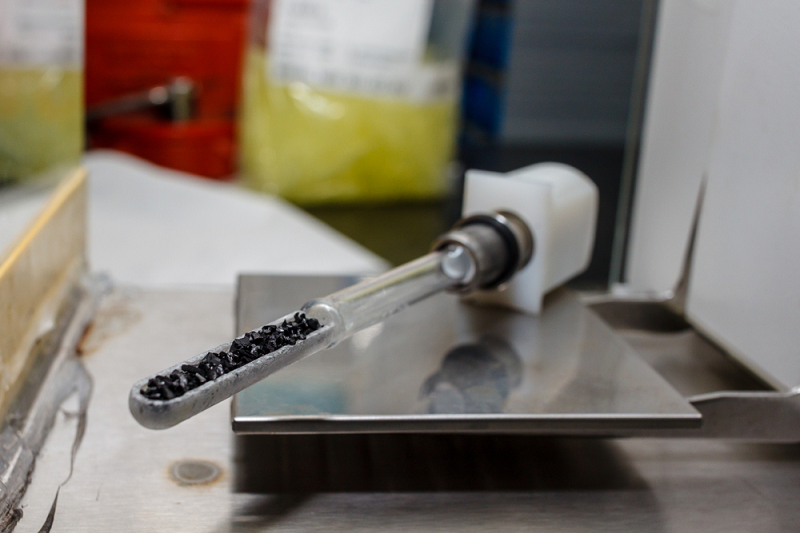With the rise of air pollution levels, you have to be very careful about maintaining indoor air quality. Have you noticed that the incidents of cancer diseases have increased significantly over the past few years? It is the direct impact of air pollution that leads to the consumption of harmful gases without your knowledge.
Industrial air contains the maximum quantity of air pollutants, and you need to make sure that such harmful elements do but escape in the atmosphere. With the help of the activated carbon filters, you can now prevent the release of harmful gases in the air and arrange for the safe removal of such gases.
Absorption is better than removal
So where can you remove the toxic gases? Ultimately, the gas will mix with the air. So how can you actually prevent the nixing of the impurities in the air? Well, the activated Carbon is like a sponge that can technically absorb the toxic gases. When you use the element in the making of the air filters, the result will be a functional air filtration process. The carbon filters contain an activated carbon bed or the activated charcoal bed. The volatile organic compounds that may release for your common household items will also undergo an effective removal process due to the filters of the Carbon.

More about Carbon
You already know from the science class at the school that Carbon is a naturally occurring element, coming sixth in position if you consider the Periodic Table. But what's charcoal and why it is in use for making the carbon filters? Incomplete combustion results in the formation of charcoal.
- The readily combustible objects like wood can burn partially, but often leaves behind the black char that is Carbon. The incomplete combustion due to the top lack of oxygen is the reason for the production of the char.
- Coconut shells also can burn partially to form charcoal.
- The industrial process of making charcoal involves heating particular substances in the vacuum chamber that leaves the Carbon behind.
The qualities of the charcoal vary depending on the nature of the substance burning.
Adsorption
The activated carbon filters apply the process of adsorption, and not absorption for the removal of the pollutants from the air. In absorption, the material that you want to remove will get inside the molecular structure of the absorbent material like a sponge absorbs water. But it won't be a constituent of the molecule of the absorbing surface. The scenario will be clear if you think of the sponge, which will release the water once you squeeze it tightly. So there is no chemical bonding.
But the carbon filters act in a different way. Here, the pollutants will stick to the carbon particles and will not enter the fundamental structure. The filter is a kind of lattice made of carbon atoms that have inter-connections. The most critical part of the process is activation, as it will be responsible for increasing the surface area for greater adsorption. When the molecules of the harmful gases will pass through the filter, the particular molecules will stick to that of the Carbon.
Ultrafiltration
The carbon filters can effectively filter all the organic chemicals and gases from the polluted air. The only problem that may arise with time is the filling up of the adsorption sites, which will decrease the functionality of the filter. The object won't be able to trap the harmful elements if the adsorption site is saturated. It would help if you replace the filters frequently so that there is no chance of the chemical with greater affinity to replace the ones with a lower affinity for carbon. Ensure pure indoor air quality by installing the air filters having a carbon bed for the active removal of pollutants.



